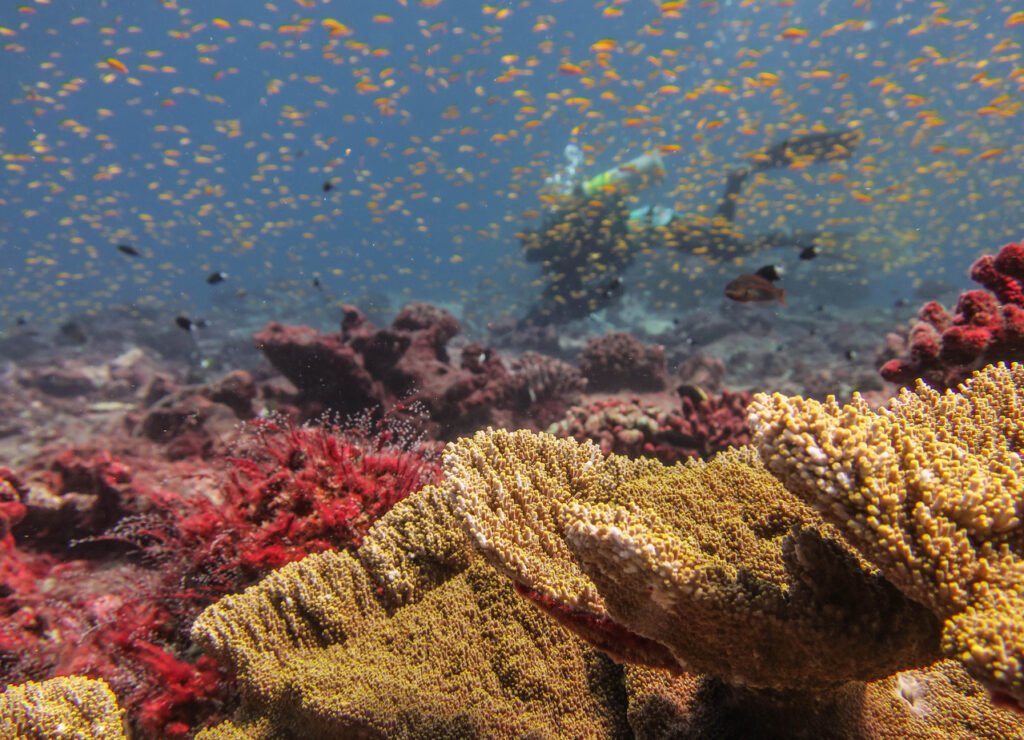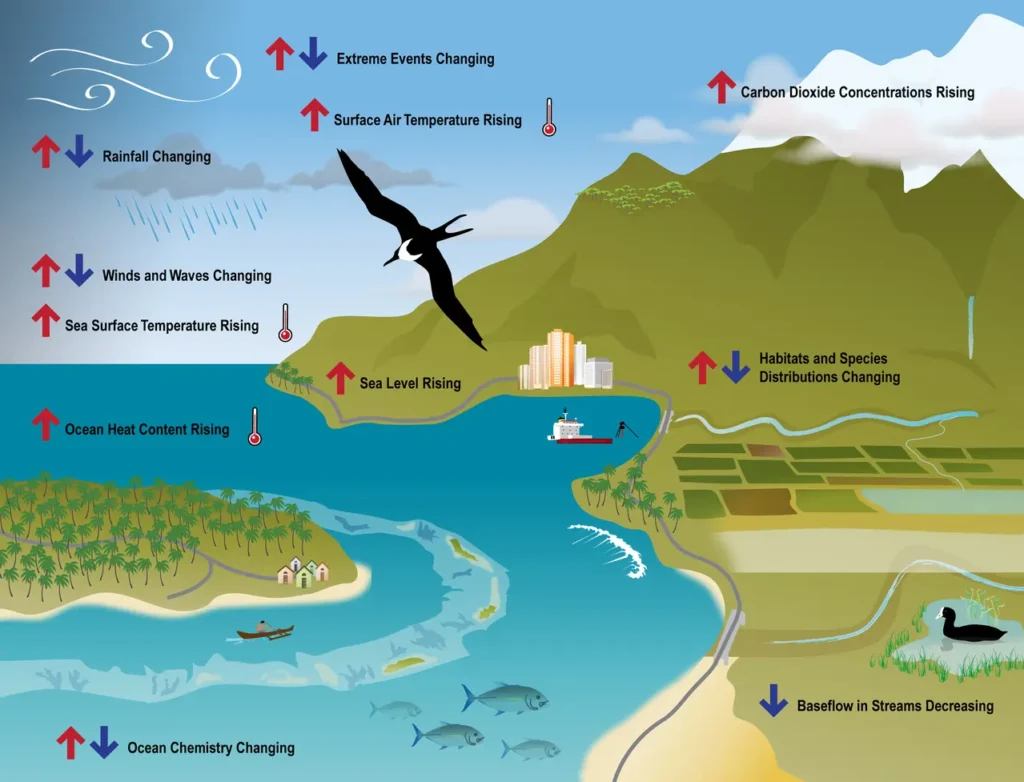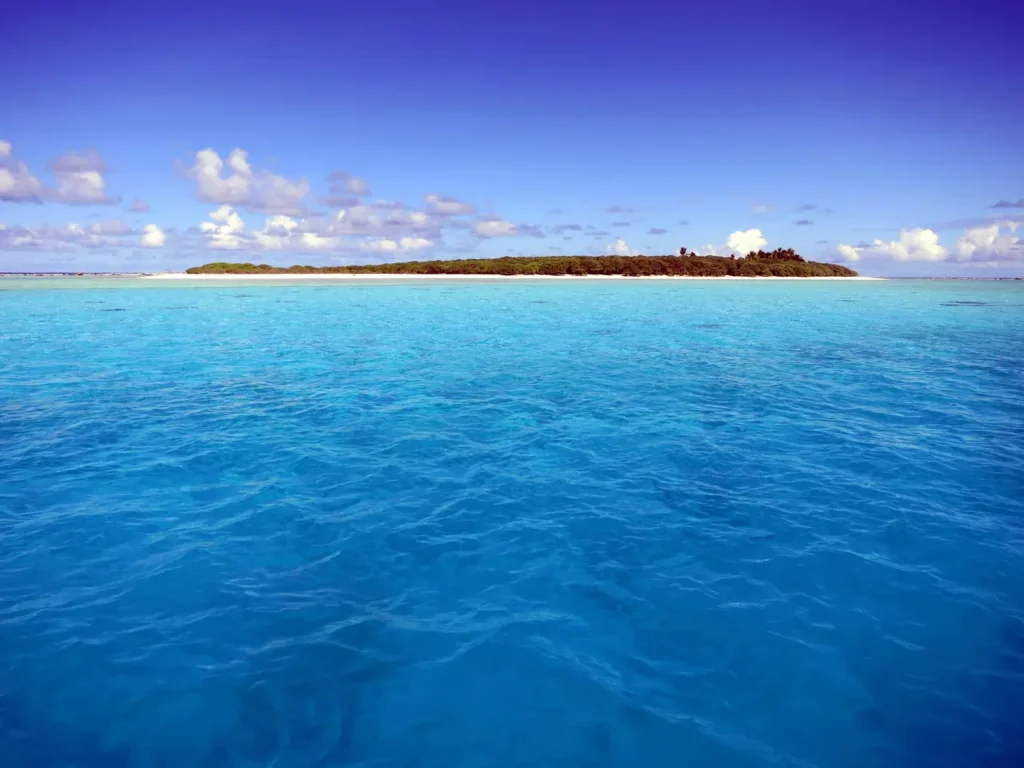In the vast expanse of the Pacific Ocean, the islands dotting its waters face an imminent threat: climate change. From rising sea levels to warming waters, the signs of environmental distress are becoming increasingly apparent. In response to these challenges, a concerted effort is underway to develop a Strategic Initiative for Climate Science in the Pacific Islands Region. This initiative aims to arm decision-makers with crucial information to mitigate risks and enhance resilience in the face of a changing climate.
Table of Contents
Understanding the Urgency
The need for action is pressing. The Pacific Islands are on the frontline of climate change, experiencing a myriad of impacts including elevated ocean temperatures, rising sea levels, and acidification. These changes jeopardize not only the delicate ecosystems but also the livelihoods of the communities that depend on them. The urgency to address these issues cannot be overstated.
The Stakes at Hand

The repercussions of climate change extend far beyond environmental concerns. The seafood industry, a cornerstone of the Pacific economy, faces significant threats. Hawaii’s longline fishery, for instance, stands to lose up to half of its yield by the century’s end, translating to substantial economic losses and job displacement. Furthermore, coral reef ecosystems, vital to marine biodiversity, are under immense strain, with rising temperatures and acidity posing existential threats. Coastal habitats, including those crucial for species like sea turtles and Hawaiian monk seals, are rapidly eroding due to escalating sea levels.

Charting a Course of Action
To address these multifaceted challenges, a comprehensive action plan has been devised. This plan, part of the broader Pacific Islands Regional Action Plan, outlines specific strategies to bolster the region’s resilience. Central to these efforts is the integration of climate data into fisheries management practices and the development of robust management strategies adaptable to changing environmental conditions.
Key Objectives
Objective 1: Identify climate-informed reference points
- Incorporate climate data into stock assessments for bottom fish and billfish.
- Integrate climate impacts into coral reef annual catch limits.
Objective 2: Create robust management strategies for a changing climate
- Conduct evaluations to identify resilient management strategies.
- Incorporate climate information into Fishery Ecosystem Plans.
Objective 3: Incorporate adaptive decision processes
- Design adaptive management processes.
- Integrate climate information into protected species habitat designations.
Objective 4: Project future conditions
- Describe projected oceanographic impacts.
- Assess the vulnerability of coral reefs and fish populations to climate change.
Objective 5: Understand how things are changing and why
- Conduct studies to elucidate environmental change mechanisms.
- Develop economic models to assess climate impacts on fisheries.
Objective 6: Track changes and provide early warnings
- Expand ecosystem monitoring efforts.
- Develop climate indices for annual reporting.
Objective 7: Build our science infrastructure
- Strengthen monitoring of climate impacts.
- Participate in relevant trainings and conferences.
Forging Ahead Together
Crucially, success hinges on collaboration. Partnerships with stakeholders are essential to gather scientific data and formulate effective strategies. Despite the complexity of the challenges ahead and the limitations of resources, a collective effort can mitigate the impacts of climate change on fisheries, coral reefs, and protected species.
Conclusion
In the vast expanse of the Pacific Islands, climate change poses an existential threat. However, through strategic planning, collaboration, and a commitment to science-based solutions, the region can chart a course toward a more resilient future. The Strategic Initiative for Climate Science in the Pacific Islands Region serves as a beacon of hope, guiding efforts to safeguard both the environment and the livelihoods of those who call these islands home.


